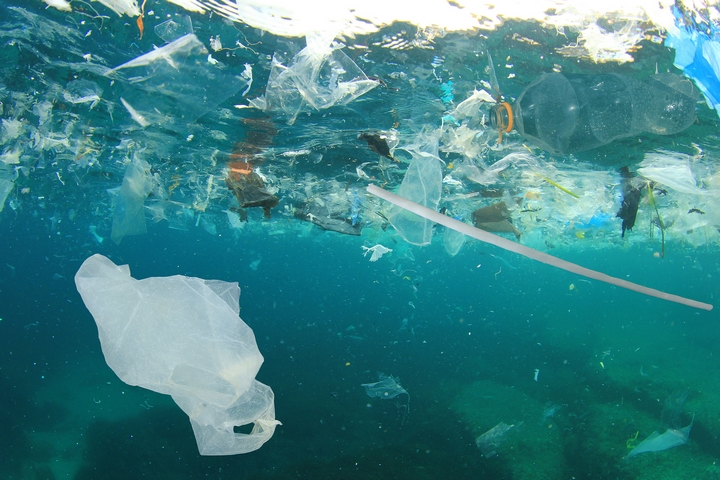Water is essential for all forms of life on earth, but that doesn’t stop humans from contaminating water sources. Whether by accident or through negligence, humans have a long history of polluting water sources which end up having a severe impact on the environment. This post takes a look at 8 common water pollutants and their effect on humans and the environment.
1. Oxygen Depletion
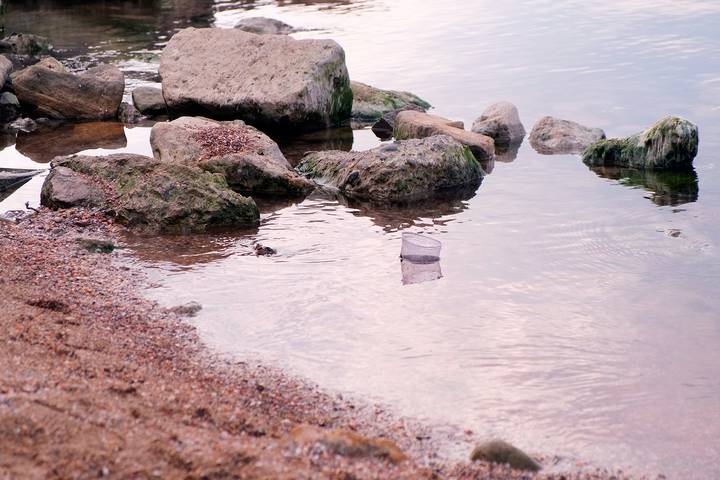 Oxygen depletion occurs when foreign materials eat away at all the oxygen in a body of water. Usually, an excess of biodegradable materials encourages microorganisms to grow, and these microorganisms feed off the oxygen in the water. These anaerobic organisms begin to produce harmful byproducts such as ammonia and sulfides, which pollute the water and create a harsh smell.
Oxygen depletion occurs when foreign materials eat away at all the oxygen in a body of water. Usually, an excess of biodegradable materials encourages microorganisms to grow, and these microorganisms feed off the oxygen in the water. These anaerobic organisms begin to produce harmful byproducts such as ammonia and sulfides, which pollute the water and create a harsh smell.
Usually, oxygen depletion is caused by pollution, which encourages these harmful microorganisms to grow at an accelerated rate. In severe situations, oxygen depletion can kill fish and other wildlife living in the body of water. A high concentration of minerals dumped into bodies of water can also cause this phenomenon to occur.
2. Nutrient Pollution
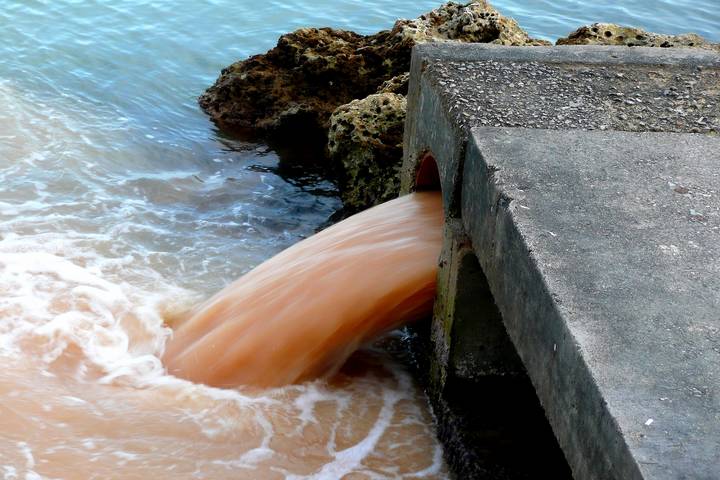 Believe it or not, an excess of nutrients is one of the most common water pollutants. A common example of nutrient pollution occurs on farmland where fertilizers from farmers end up polluting surrounding water sources. Phosphorus and nitrogen are common polluters which encourage algae to grow.
Believe it or not, an excess of nutrients is one of the most common water pollutants. A common example of nutrient pollution occurs on farmland where fertilizers from farmers end up polluting surrounding water sources. Phosphorus and nitrogen are common polluters which encourage algae to grow.
Eventually, the algae die, which causes oxygen levels to decrease, which then leads to the death of aquatic life in the water. Nutrient pollution can occur naturally from rocks and soil breaking down in water or from currents bringing in large amounts of nutrients into the water. This type of pollution is notorious for killing oysters, crabs, and fish.
3. Groundwater Pollution
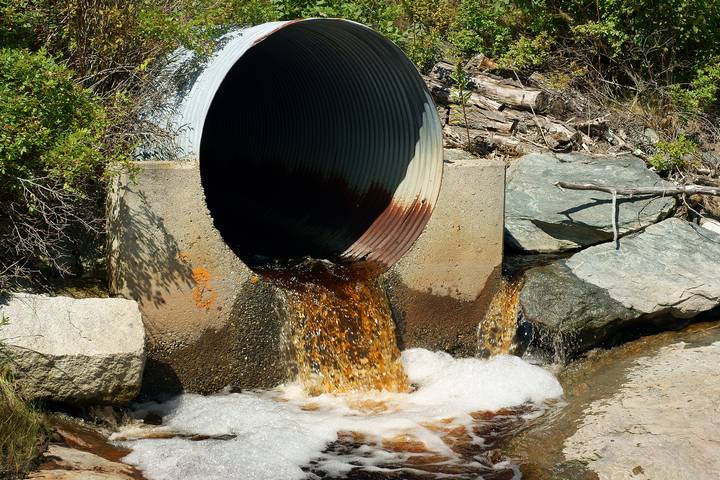 Groundwater pollution is often caused by human activities such as farming and even personal gardening. When we use pesticides and other types of pollutants on soil, rainwater washes these chemicals deep into the ground. Over time, this absorption of these chemicals pollutes the water from the ground up.
Groundwater pollution is often caused by human activities such as farming and even personal gardening. When we use pesticides and other types of pollutants on soil, rainwater washes these chemicals deep into the ground. Over time, this absorption of these chemicals pollutes the water from the ground up.
Leaking gas tanks, poorly made septic tanks and accidental spills are also common sources of groundwater pollution. Groundwater pollution can also occur naturally from an overabundance of naturally occurring minerals such as manganese, iron, sulfides, and arsenic.
4. Suspended Matter Pollution
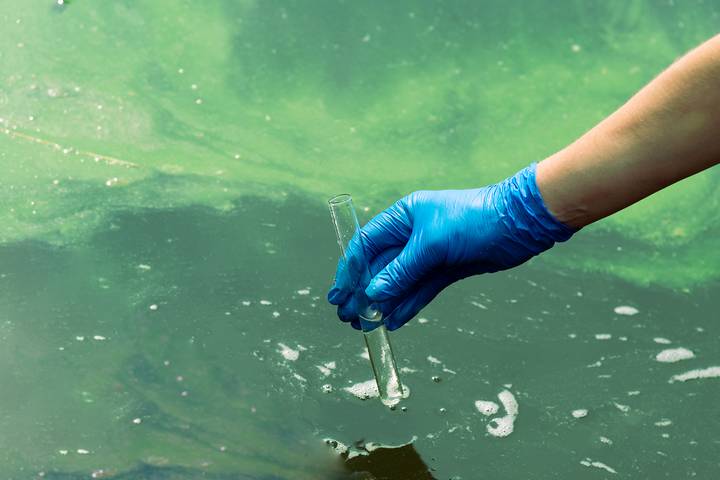 Certain pollutants with large molecules can stay suspended in water instead of dissolving. These pollutants can occur from both man-made and natural sources. Suspended matter pollution usually ends up creating a visible block on the surface of the water.
Certain pollutants with large molecules can stay suspended in water instead of dissolving. These pollutants can occur from both man-made and natural sources. Suspended matter pollution usually ends up creating a visible block on the surface of the water.
This block reduces the amount of sunlight entering the water, which directly impacts the availability of food for wildlife in the area. Suspended matter pollution can also create a layer of silt at the bottom of the body of water, which is harmful to marine life that lives on the floor of rivers or lakes.
5. Chemical Water Pollution
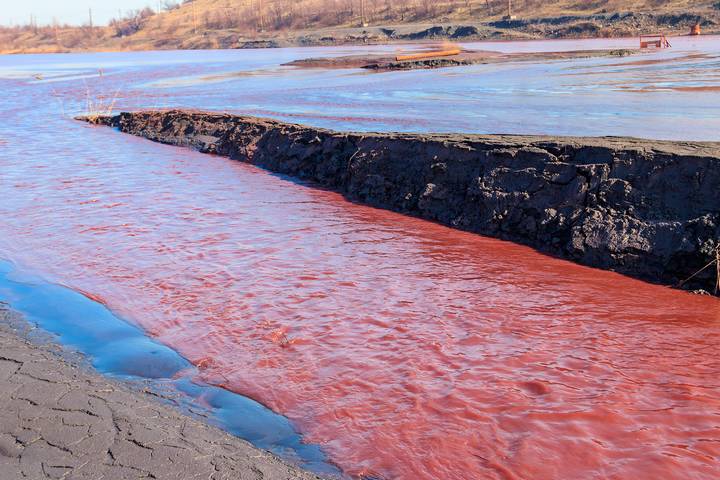 Chemical water pollution is one of the most heinous types of pollution caused by humans. Often, chemical water pollution is the result of industrial companies attempting to control pests, weeds, and insects on company property.
Chemical water pollution is one of the most heinous types of pollution caused by humans. Often, chemical water pollution is the result of industrial companies attempting to control pests, weeds, and insects on company property.
Dumping radioactive materials, toxic metals, and herbicides end up causing this type of pollution to occur. Another common cause of chemical water pollution is high-temperature water discharge from power plants. Advanced disc filters and filtration systems are set up in order to remove these chemicals from the water.
6. Oil Spillage
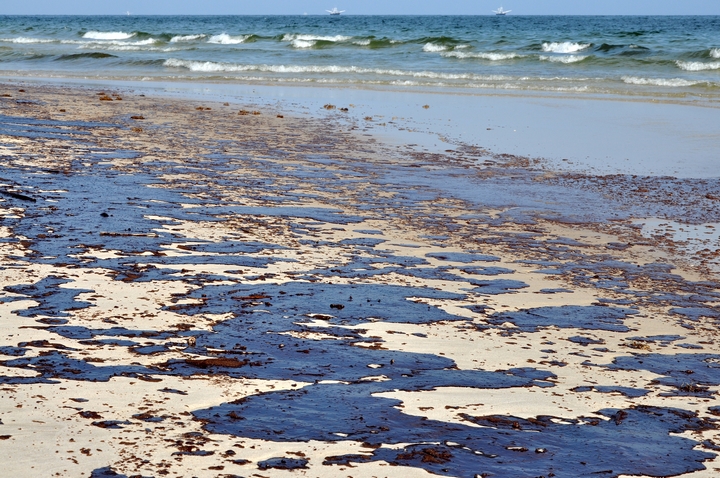 Oil spills are one of the most well-documented and common water pollutants. Water is polluted on a daily basis from routine oil shipping, run-offs from oil rigs, and irresponsible dumping techniques. Oil spills are often contained in a small area but can be devastating to the local wildlife. In addition to fish; otters, plants, and even birds can suffer significantly from the thick sludge that forms in the water.
Oil spills are one of the most well-documented and common water pollutants. Water is polluted on a daily basis from routine oil shipping, run-offs from oil rigs, and irresponsible dumping techniques. Oil spills are often contained in a small area but can be devastating to the local wildlife. In addition to fish; otters, plants, and even birds can suffer significantly from the thick sludge that forms in the water.
Fish experience extreme changes such as reduced growth, enlarged livers, and an impaired ability to reproduce. When birds and sea otters come in contact with oil, the oil reduces the insulating effect of their fur and wings, which can cause them to die from exposure to the elements.
7. Silver Pollution
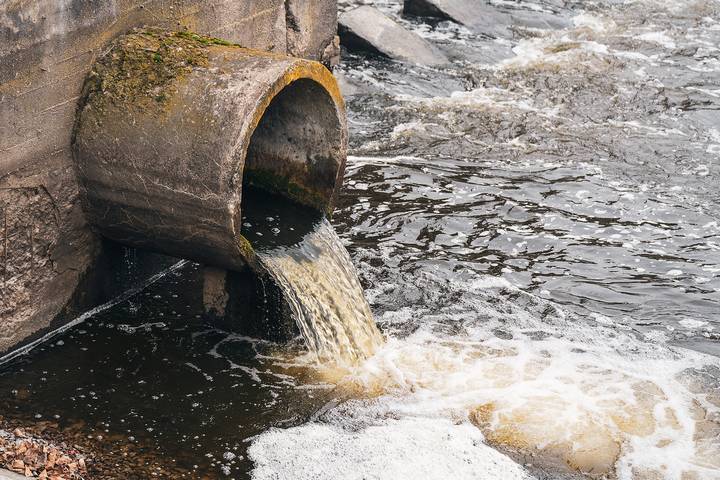 Silver is an example of an insoluble mineral that can pollute bodies of water. Humans are unable to drink water contaminated with silver, which causes visible skin discoloration in the eyes and mucous membranes. While this condition (argyria) does not impair body function, it can drastically alter the physical appearance of a person.
Silver is an example of an insoluble mineral that can pollute bodies of water. Humans are unable to drink water contaminated with silver, which causes visible skin discoloration in the eyes and mucous membranes. While this condition (argyria) does not impair body function, it can drastically alter the physical appearance of a person.
Fortunately, silver contamination is an example of common water pollutants that can be treated with reverse osmosis filtration and distillation. Generally, these treatment methods are quite effective and can reduce the concentration of silver by up to 98%.
8. Copper Pollution
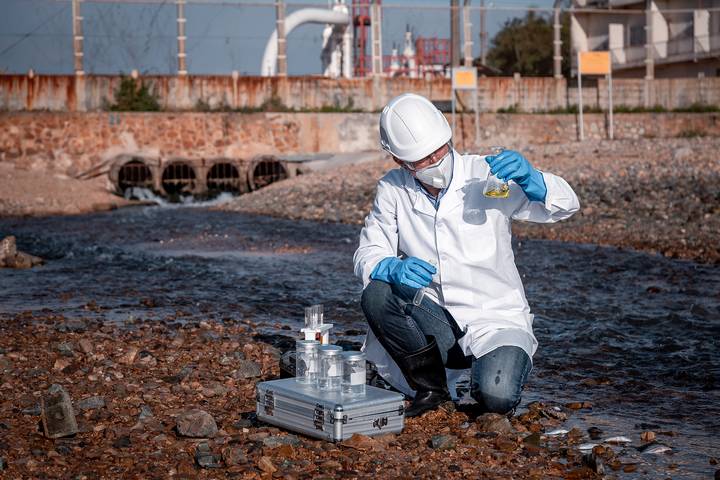 While copper is an element that is essential to human health, too much can end up polluting our sources of water. Copper pollution is often caused by industrial discharge or an excess of copper salts that are used for controlling algae in reservoirs.
While copper is an element that is essential to human health, too much can end up polluting our sources of water. Copper pollution is often caused by industrial discharge or an excess of copper salts that are used for controlling algae in reservoirs.
Old plumbing is also susceptible to corrosion, which can release dangerous amounts of copper in the water. Consuming water polluted with copper can cause nausea, muscle pain, and gastrointestinal illnesses. In severe cases, copper poisoning can cause anemia and even kidney failure.

